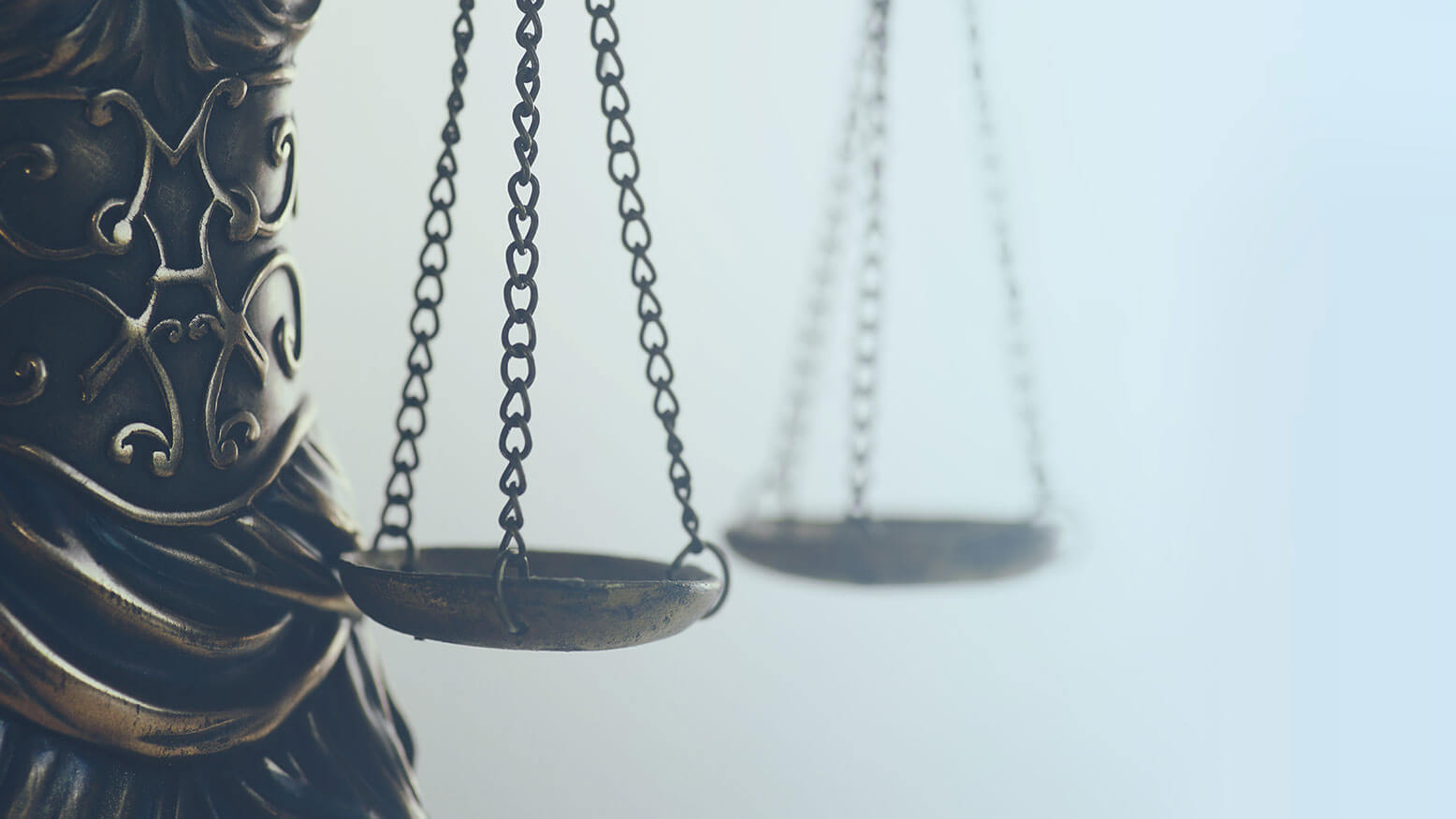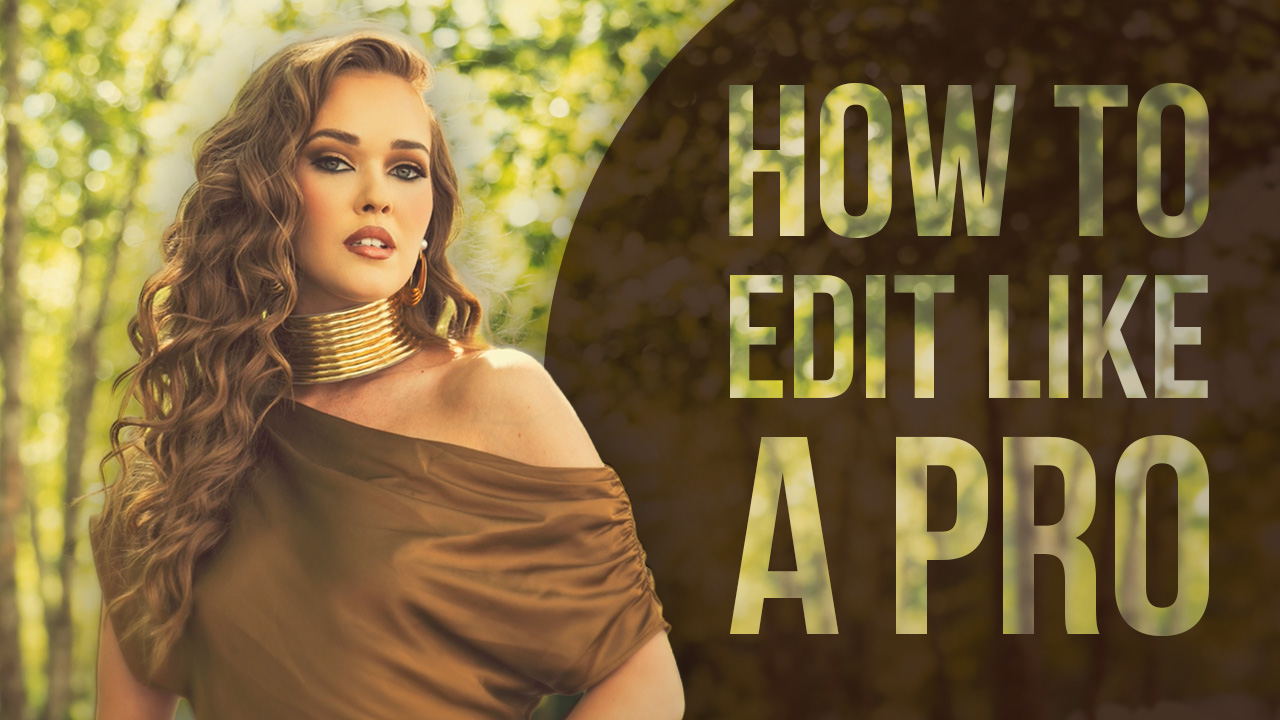The Photographer’s Copyright Filing Workflow with Scott Detweiler
Want more information on this article? Get access to video content and additional supporting images. Launch the December 2017 issue of the magazine by logging in or signing up for a free account. Shutter Magazine is the industry’s leading professional photography magazine.
Like many of us, I have had my images stolen, copied or used without my permission. It makes us all angry and left with a feeling of helplessness, but I have learned how to protect myself from thieves. I’ll show you how you can protect yourself as part of your workflow—and even how to get paid for such infractions.
Let me be perfectly clear that I am not a lawyer, and what I am going to talk about is based on my experiences. Please keep that in mind as you read this. You should also consult with someone in a sharp suit if you need further clarification and lots of dry lingo you can toss around at parties.
You might have read a few weeks ago about a huge settlement where a gym owner had used a photograph he found on the Internet and ended up getting sued by the photographer for a gigantic pile of cash. I remember a similar story about a yearbook image of a young man who had just gotten engaged to Britney Spears that was being used by news outlets without permission. That photographer also ended up with some additional zeros being tacked onto his annual profit. Getting a bounty like this for our stolen work seems like a pipe dream when most of us can’t seem to get a takedown notice to stick. In both of these cases, it wasn’t the fame, having a best friend who’s a lawyer or massive cash reserved for legal battles—it was that they both had taken the proper steps to protect their images.
Let’s define a few a terms to clear up any muddy water that might be created as we stir this pot. First of all, the photographer owns the copyright to any photo taken the moment the shutter clicks. Most of us know that already. This ownership can be taken away only with an explicit sale of the copyright or a specified passage of time after the death of the creator.
When clients purchase a digital file or print, they are not buying the copyright. I often hear clients and even some photographers using this term incorrectly, i.e., “Does your CD come with the copyrights to the photos?” This is wrong, and should never be the words you use in negotiations, on your website or in client contracts.
You should offer “rights to print and reproduce,” but the copyright is potentially quite valuable and gives the owner the ability to do literally anything they want. This includes selling that image to third parties and collecting future usage fees, or even selling it as a stock photo and making money from your work.
In short, don’t sell the copyright or use terms that lead one to believe that what they are buying is the copyright to your work, unless you really mean it. If you do sell the copyright, be sure you are charging the maximum total potential value of that image over its lifetime. In general, works published after 1977 will not fall into the public domain until 70 years after the death of the author; or, for corporate, anonymous or works for hire, 95 years from the date of publication or 120 years from the date of creation, whichever is shorter.
The second thing you need to be clear about is that adding a copyright mark to the image isn’t mandatory for copyright protection. It does add a potential cash bonus for you if it is removed from the photo, but otherwise it isn’t needed. To repeat, because this is an urban legend that needs to die, from a legal standpoint, you do not need to add a copyright mark to the image for it to be protected by copyright law.
To be protected under the full extent of the law, you need to file your images with the U.S. Copyright Office. Most of you are probably hearing about this for the first time. Thankfully, it isn’t hard to do. You upload images you want to protect to the Library of Congress website (eco.copyright.gov). There is a filing fee of $55, and you can upload a pile of photos compressed into a zip file for one fee. This allows you to protect quite a few images for the cost of your monthly (or weekly) Starbucks budget.
Once you file images with the Copyright Office, a few new doors open up for you:
- They will send you a lovely certificate that contains your case number and other information. Keep these legal documents safe. I have had to produce mine on occasion.
- You can now sue in federal court to collect the fair market value of the work from the thief. Usage fees are not a ton of money, but consider what larger stock companies like Getty charge for a typical “rights managed image,” and you would be in the ballpark. Fees are typically applied based on the duration of use of the image. Its location on a website, number of items in print, location in a publication, etc., are all taken into consideration for the rate. Have a page on your website explaining your “fees for use,” and put that URL into the metadata of all your images. There are places specifically built for these options in the IPTC areas of the metadata you can access from Lightroom, Capture One and Adobe Bridge, to name a few.
- There is an additional penalty if the thief removes your brand or watermark, and that penalty gets much larger if they replace it with their own copyright mark.
- This entire process is compounded if the site bears copyright language that is typically in the footer of the site. Doing so makes your legal team chitter with excitement.
- Most of the time, you can also get legal fees included in the penalty, and there are even services that will handle the complications for a percentage of the settlement.
- Last but not least, you can collect punitive damages for use of the photo without permission. This is where those huge dollar judgements with lots of zeros come into play. If you didn’t file your images with the copyright office, then you don’t get to enter the bonus round to collect this. When you register your image with the U.S. Copyright Office, you can be awarded up to $150,000 per image for a willful infringement, plus legal costs.
There is one minor complication: You need to file your images within 90 days of them being published. The complicated legal mumbo-jumbo has been updated to include posting on social media as “publishing.” If you don’t file during that window, you will need to document the date and publication of each image’s release date. You can then upload all that documentation in a handy spreadsheet cross-referenced by image name. Yuck!
If you discover a violation on an unfiled image, you have a fixed number of days to file the image and make a claim. Typically, late filing costs you a lot of the rewards you get from registering prior to the violation, such as the statutory damages and legal fees. This is actually what the photographer of Britney Spears’s fiance had to do once he found the image was being used without permission. He ended up walking the document into the Copyright Office in person to be sure it was filed on time.
Photographer Andrew Paul Leonard sued a health supplement company that was using 92 of his images, and ended up with an award of $1,600,000 plus $400,000 in interest. These might be extreme examples of filing after the violation was discovered, and I have no experience with this type of situation outside of what I have read. I advise you to file your images within the grace period; it isn’t hard to do.
Here is my copyright filing workflow, step by step:
- Every 90 days, I create a zip file of my recent work and file all of those photos for the $55 case filing fee at copyright.gov.
- In lightroom, Capture One and Bridge, I color-code all of my completed images purple, so a simple filter shows the images that need to be submitted.
- I keep an expanded copy of the zip file on my hard drive with a folder renamed the same as the case number. This is so I can easily access all the images if Lightroom isn’t available.
- Once the case number is created, I add that as a keyword to those images for ease of reference. I have a master Lightroom keyword of “Copyright Filings,” and children of that keyword are the actual case numbers (e.g., “Copyright Filings > 1-5616570000”). This keeps things clean and simple from an organizational standpoint; I know all purple images with that keyword are filed.
As a side note, those submitted images don’t need to be full resolution; in fact, I advise against that. Export them large enough to be able to clearly be identified if presented in federal court and compared to the potential violation. I normally run with something around 2,400 pixels on the long edge. I use the basic watermarking in Lightroom to add text along the bottom of the photo, such as “Copyright 2017 – Scott E. Detweiler – All Rights Reserved.” I include the text because images that are filed with the Library of Congress are also potentially available in the public domain, and therefore accessible under certain circumstances.
Keeping yourself organized by filing every 90 days is the simplest way to handle things, and pretty easy to do online at eco.copyright.gov. Be sure the site you are using is the official government site and not one that offers to do filings for a higher fee.
To summarize, here are the most important things to keep in mind:
- File all new images every 90 days.
- Keep the certificate in a safe place; you might need it later.
- Keyword images with their filed case number.
- Don’t upload full-resolution images to the copyright office.
- Add your copyright line to the bottom of your images.
- Have a page on your site explaining usage fees.
- Keep the zip file and rename it to the case filing number. Back these up.
Groups like the PPA are looking to make it much easier to pursue claims, but until they are successful, this is your best bet. Again, this has been my experience, and you should always talk with a lawyer friend before acting. And remember, all of your legal battles will happen in federal court, as copyright is a federal law. Several services will do the battle for you for a portion of the proceeds.
So, now you know how to file and protect yourself. Now go and create that repeating calendar item to remind yourself to file those images.





This Post Has One Comment
Thank you VERY MUCH for this information!